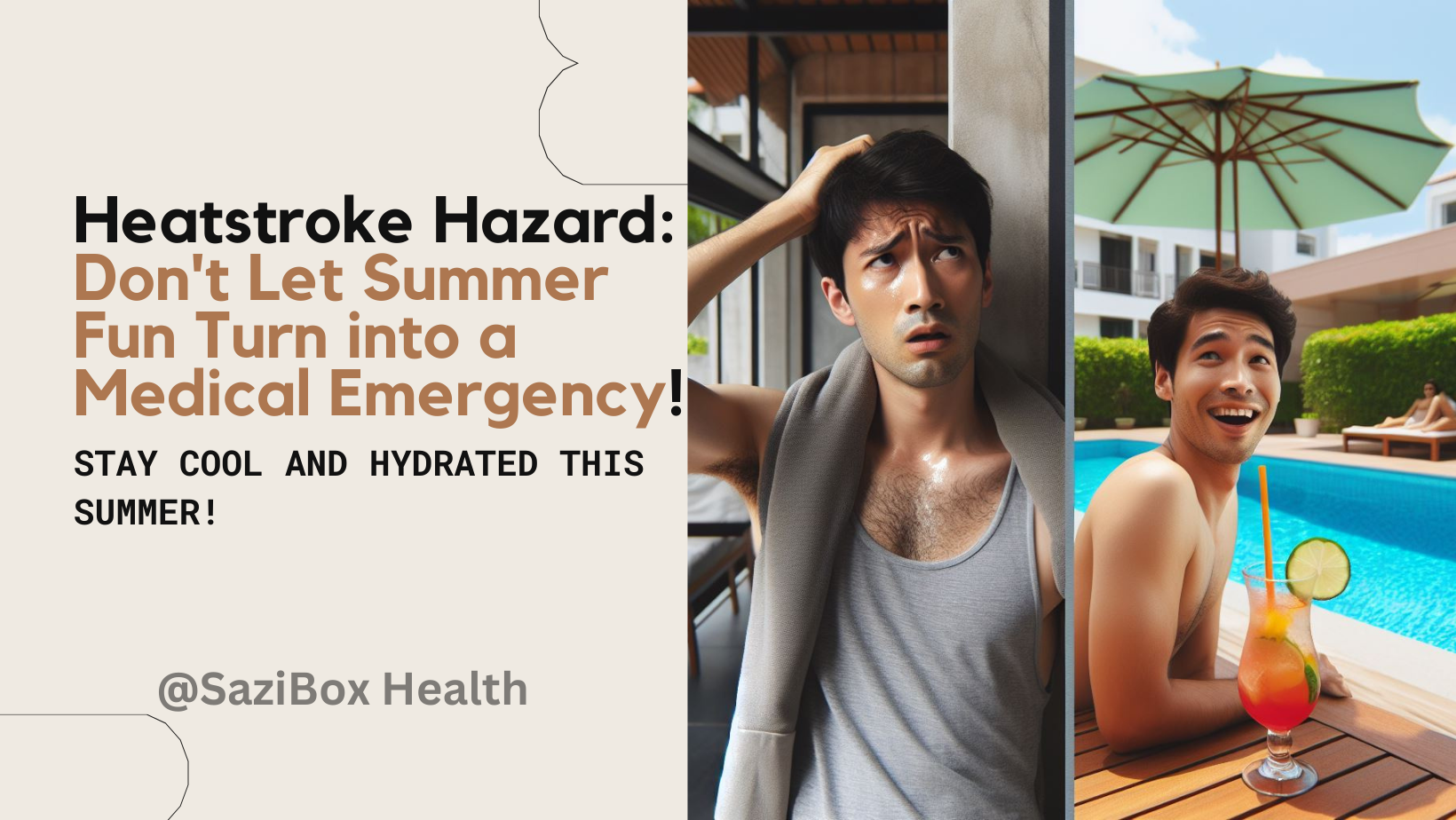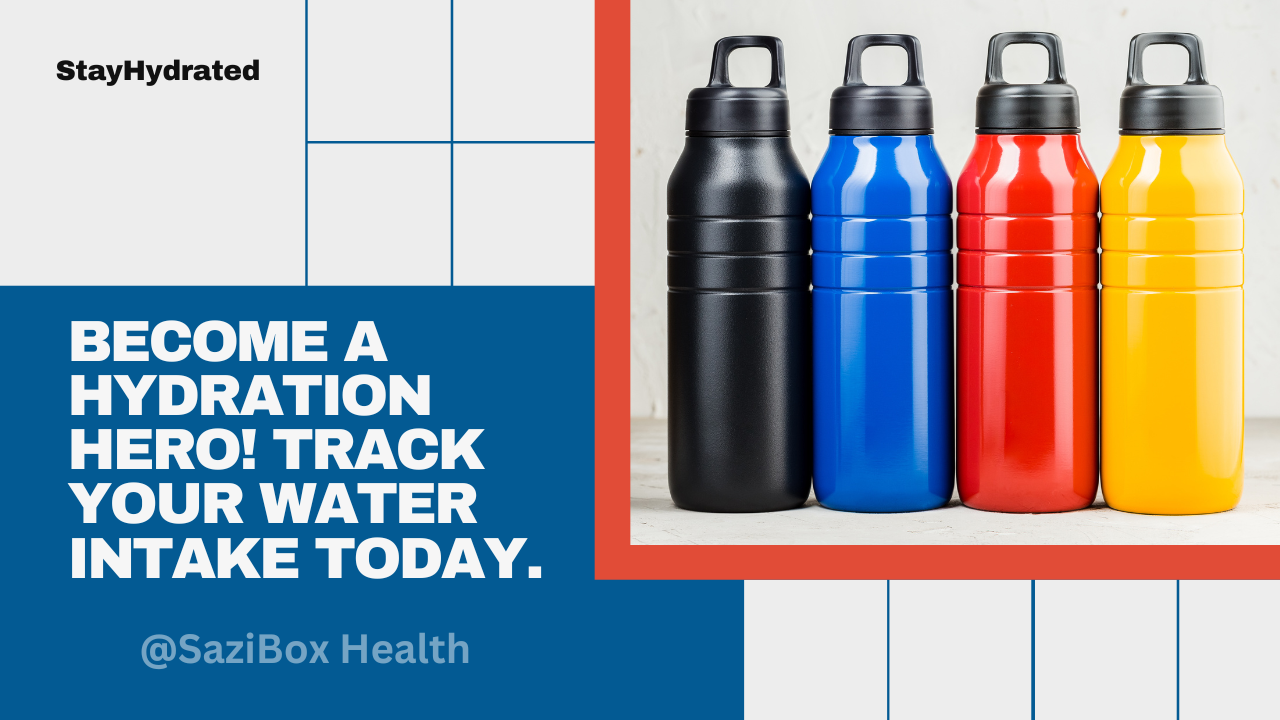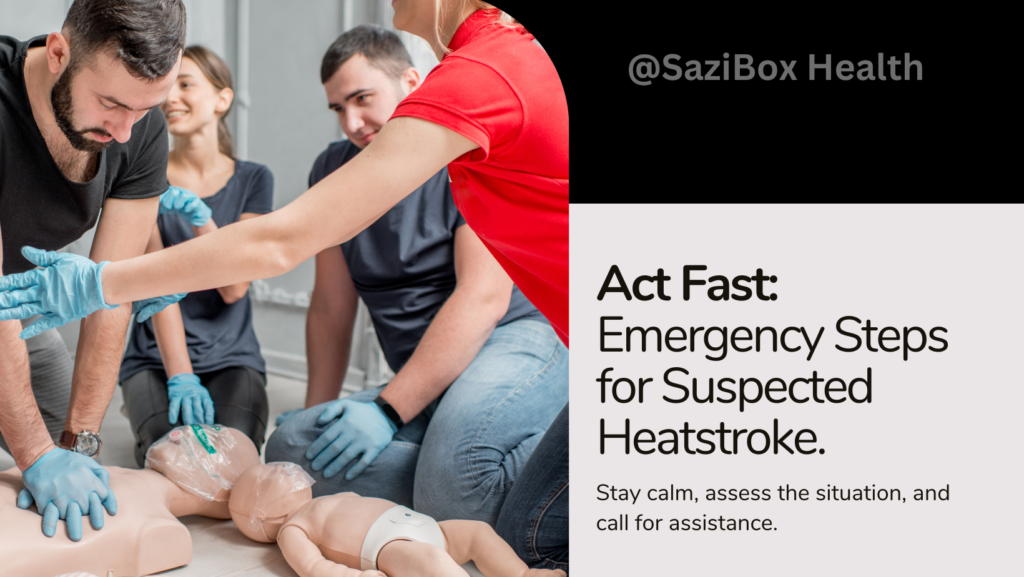
Imagine a scorching summer day. You’re feeling hot, sweaty, and maybe a little dizzy. But how do you know if it’s just summer sluggishness or a sign of something more serious? Heatstroke, the most severe form of heat illness, can strike quickly and requires immediate action.
This interactive guide equips you to:
- Identify the Telltale Signs of Heatstroke:
- Take our “Heatstroke Quiz” (link or embed a short quiz with visuals) to test your knowledge and see if you can spot the warning signs!

- Beyond the Thermometer: While feeling excessively hot is a clue, heatstroke can occur even at moderate temperatures with high humidity. Look for these crucial signs:
- High Body Temperature (104°F or above): Not everyone has access to a thermometer. Look for flushed, hot, dry skin.
- Confusion or Disorientation: Slurred speech, difficulty concentrating, or uncharacteristic behaviour can be red flags.
- Headache, Nausea, or Vomiting: These symptoms can indicate your body is struggling to cope with the heat.
- Seizures or Loss of Consciousness: In severe cases, these can occur.
- Take our “Heatstroke Quiz” (link or embed a short quiz with visuals) to test your knowledge and see if you can spot the warning signs!
- Beat the Heat: Prevention is Key!
- Hydration Hero Challenge: Can you stay hydrated throughout the day? Track your water intake with our interactive hydration tracker (link or embed a simple tracker) and see if you can become a Hydration Hero!

- Dress for Success: Lightweight, loose-fitting, and breathable clothing helps your body regulate temperature. Don’t forget a hat and sunglasses for sun protection.
- Seek Shade and Schedule Activities: Avoid strenuous activity during peak sun hours (10 am – 4 pm). Take breaks in air-conditioned spaces or shady areas.
- Never Leave Children or Pets in Hot Cars: Even a few minutes can be deadly.
- Hydration Hero Challenge: Can you stay hydrated throughout the day? Track your water intake with our interactive hydration tracker (link or embed a simple tracker) and see if you can become a Hydration Hero!
- Emergency Action: What to Do If You Suspect Heatstroke
- Call 911 Immediately: Don’t wait for symptoms to worsen.
- Move the person to a Cool, Shady Area: Loosen clothing and remove them from direct sunlight.
- Cool the Person Down: Apply cool water (not ice) to the skin or use wet cloths. Fan the person gently.
- Stay with Them Until Help Arrives: Monitor their breathing and continue cooling efforts.

Beyond This Guide:
Know Your Risk Factors: Infants, young children, older adults, and those with chronic health conditions are more susceptible to heatstroke. Local Heat Advisories: Stay informed about heat advisories in your area and take necessary precautions.
Interactive Challenge:
Share your best tips for staying cool and beating the heat in the comments below!
Together, let’s make this summer a safe and enjoyable one!
References:
- The Mayo Clinic: https://www.youtube.com/watch?v=1ofCVW-lWiY
- The Centers for Disease Control and Prevention (CDC): https://www.cdc.gov/orr/infographics/ast-heat.htm




